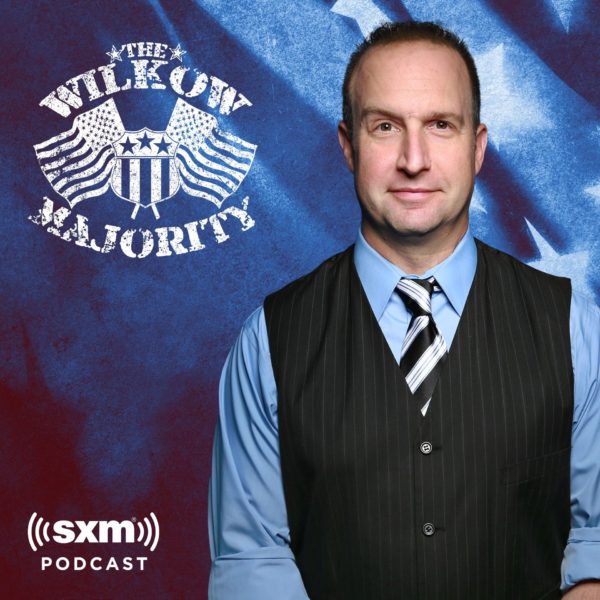The Democrats and the news media are making predictions of disaster for the recent Supreme Court decision on guns. Their fears are completely misplaced.
“Lives are on the line,” President Joe Biden warned after the Supreme Court held last week, in New York State Rifle & Pistol Association v. Bruen, that New York State’s restrictive gun-permit regime was unconstitutional. “This could place millions of New Yorkers in harm’s way,” New York Gov. Kathy Hochul claimed.
.
Democrats and gun control proponents are now predicting disaster in New York and in the six other states (California, Delaware, Hawaii, Maryland, Massachusetts, and New Jersey) with restrictive “may-issue” concealed handgun laws. These states required that applicants for concealed carry permits must demonstrate “proper cause”—a good reason that would convince a government bureaucrat of one’s need for a permit.
.
The doomsayers don’t have history on their side. Since 1976, 18 states have eliminated “proper cause” requirements in favor of “right-to-carry” policies. In state after state, concealed handgun permit holders have proved extremely law-abiding. No right-to-carry state has ever even held a legislative hearing to consider moving back to a “proper cause” requirement. It’s a wonder that gun control proponents still have any credibility on this issue.
.
Those same fears were raised repeatedly during the Supreme Court oral argument in New York’s case. Justice Stephen Breyer speculated: “People of good moral character who start drinking a lot and who may be there for a football game or—or some kind of soccer game—can get pretty angry at each other. And if they each have a concealed weapon, who knows?”
.
With 21.5 million permit holders and laws over many decades, Breyer’s scenario ought to have played out at least once. But there isn’t a single recorded incident of it.
.
In Florida and Texas, permit holders are convicted of firearms-related violations at one-twelfth the rate of police officers. The average revocation rate is one-tenth of 1% in the 19 states with comprehensive data. Usually, permit revocations occur because someone moved, died, or forgot to bring a permit while carrying.
.
Academics have published 52 peer-reviewed, empirical studies on concealed carry. Of these, 25 found that allowing people to carry reduces violent crime, and 15 found no significant effect. A minority (12) observed increases in violent crime after concealed carry was adopted. But those are the only studies that Justice Breyer cited in his Bruen dissent. Unfortunately, these 12 studies suffer, to varying degrees, from systematic error. They overwhelmingly focus on the last 20 years and compare states that recently passed concealed carry laws with more lenient states that had sustained a much larger growth in permits over the past two decades. The finding that crime rose relatively in such states is actually consistent with permit holders reducing crime.
.
The numbers show how out of sync the media capitals—California and New York—are with the rest of the country. In those states, where public officials had discretion to decide who could receive a carry permit, only a few adults out of every thousand have one. Most permit holders reside in rural counties.
.
In the rest of the U.S., 10% of adults have permits. People in most states don’t think twice about being surrounded by others concealed carrying in restaurants, theaters, and stores. In Potter County, Pennsylvania, along the New York State border, more than half of adults have a permit. But most New Yorkers don’t fear for their lives when they visit Pennsylvania.
.
In 2013, Los Angeles County released a list of all of its 341 permit holders (341 out of almost eight million adults). Only the political elite got permits: judges, reserve deputy sheriffs, and a small group of very wealthy, well-connected individuals who gave campaign donations to the county sheriff.
.
While Hispanics made up over half of Los Angeles County residents, they only received about 6.5% of the county’s permits. Women got about 7%, and blacks 5%. In right-to-carry states, women have 29% of the permits and blacks have 12%. While detailed lists aren’t available for New York City, it appears that the story is the same—only the most politically connected are allowed protection.
.
Where officials decide who gets permits on a discretionary basis, explicit death threats often aren’t even enough to qualify. Living in a high-crime neighborhood is irrelevant.
.
While the media and gun control proponents are concentrating on the imagined horrors of letting people carry guns, the Supreme Court’s decision is set to transform how lower courts evaluate gun control laws. Courts have long interpreted phrases such as “Congress shall make no law…” as somehow actually meaning that Congress shall not pass a law unless it has a good reason to do so. The courts then determine whether those reasons are good enough.
.
Lower courts sympathetic to gun control regulations, such as the U.S. Court of Appeals for the Ninth Circuit, have consistently accepted the reasons behind those gun control restrictions. But Justice Clarence Thomas’ majority opinion in Bruen looks to change all that. Many other gun control laws will now be challenged, and the gun control debate will change dramatically.
.
With the Supreme Court ruling against arbitrary and unfair permitting processes, the remaining seven “may-issue” jurisdictions will finally experience concealed carry. They will see that there was nothing to fear all along.
.
John R. Lott, Jr., “Democrats’ Fearmongering About SCOTUS Gun Rights Decision Is Baseless,” Newsweek, June 29, 2022.





0 Comments